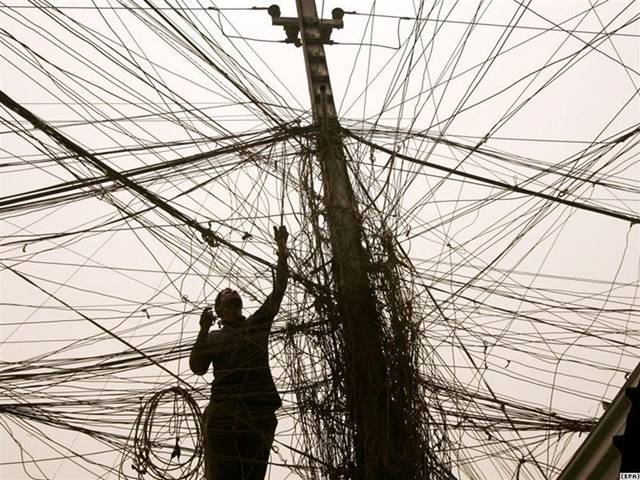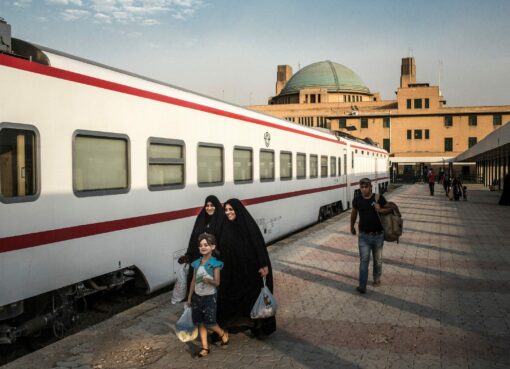In the second half of February 2014, Iraq’s government approved the award of two licences for private investment in two combined cycle electricity generation plants totalling 4,500 MW in capacity. More information on the particulars of these deals was revealed by senior members of the government at a conference in Dubai that same month reported in the specialist media.
The basic elements of the two build-own-operate contracts are that the licensees would build two power stations at their cost. In return, the Ministry of Electricity undertake the purchase of 80% to 100% of their electricity production for 15 years at $32 per MWHr (or 3.2 USCents/KWHr). The cost of fuel to the power stations would be met in total by the State of Iraq.
At the minimum purchase of 80% of the installed capacities of the two Iraq’s Independent Power Plants (IPPs), the “investors” gross guaranteed revenue will be over $1b per annum or over $15b for the licence period.
In Saudi Arabia, in October 2011, the State controlled Saudi Electricity Company awarded a contract for a 4000 MW combined cycle (CCGT) Qurayyah IPP project. The broad terms of the electricity purchase by the SEC as published in the media are similar to those of the Iraqi IPP plants. One important difference is that the guaranteed purchase price for the electricity generated by Quryyah power station for 20 years is 7.1 Halala per KWHr or 1.89 USCents/KWHr. This is 69% below the amount that the Iraqi State will pay for its IPPs electricity. Over the 15 years of the Iraq contract period that is an overpayment of more than $6b.
Scenarios may be advanced to explain or shield the background to the recent IPP contracts in Iraq. None of them will alter the fact that Iraq will be paying well over the odds for its electricity under this scheme.
Media reports also quoted Iraq’s Minister of Electricity as saying that natural gas would be brought to the stations from Iran or “other sources”. The Iranian gas has been reported to cost between $11 and $12 per mmbtu. Using the lower figure and assuming 50% efficiency for conversion to electricity, simple calculations show that for every KWHr of electricity generated 7.5 USCents worth of fuel will be consumed. Adding that cost (met by the Iraqi State) to the 3.2Cents/KWHr paid to the “investor”, brings the basic cost comes to 10.7 Cent/KWHr ; it does not include delivering the gas from the border to the power stations or the cost of transporting and distributing the electricity to the customers. Against that, the tariffs that Iraq’s Ministry of Electricity charges its consumers range from 10 to 50 Iraqi Dinars per unit of electricity – 0.87 Cent/KWHr to 4.35 Cents/KWHr.
The Independent Power Plants projects, as conceived in Iraq, will be a costly drain on Iraq’s national economy while still maintaining the well demonstrated inefficient bureaucratic management and the cumbersome structure of the country’s public electricity industry.
On 21 December 2010 Iraq’s Prime Minister presented to Parliament the “Principals and Foundations” of his government’s programme for the followig four years. Item 17 specified “Liberalising Iraq’s Economy from a Centralised System to Market Economy …” Subsequent events and actions indicated serious infringements of that intent.
The contracted undertakings to the two electricity “investors” were awarded by direct negotiations not by competitive bids. The fifteen years of fixed price power purchase is also far from a market economy.
Even more negative to Iraq’s long term wellbeing is that the IPP contracts will be a major constriction to liberalising the electricity market to bring the industry into modern times.
*) Iraqi Expert for power systems








Comment here